Definition of Gamification
Gamification is the application of game elements and game design principles in non-game contexts to motivate and engage users to achieve their goals. In management, gamification involves integrating game mechanics such as points, badges, leaderboards, and challenges into employees’ daily activities to boost their motivation and improve their performance.
Importance of Gamification in Modern Management
With evolving technologies and employee expectations, companies are constantly seeking innovative ways to motivate their teams and increase productivity. Gamification offers a fun and interactive approach to achieving these goals by transforming tasks often perceived as monotonous into engaging and rewarding experiences.
Overview of Benefits for Companies
Companies that integrate gamification into their management see significant improvements in various areas, such as employee engagement, job satisfaction, collaboration, and overall performance. Studies show that engaged employees are more productive, less likely to leave the company, and contribute positively to the corporate culture.
Section 1: What is Gamification?
History and Evolution
Gamification has its roots in early attempts to use game elements to motivate behaviors, dating back to loyalty programs and consumer rewards. With the advent of digital technologies, gamification has evolved into a powerful tool in various sectors, including education, healthcare, and now, management.
Basic Principles of Gamification
Key elements of gamification include:
- Points: Reward specific user actions.
- Badges: Symbols of achievement or skill.
- Leaderboards: Compare performances among users.
- Challenges and Quests: Specific tasks to complete for rewards.
Examples of Gamification in Various Sectors
- Education: Use of badges to encourage students to achieve academic goals.
- Health: Fitness apps that use points and leaderboards to motivate users to stay active.
- Marketing: Loyalty programs that reward customers for purchases and engagement.
Section 2: Why Use Gamification in Management?
Benefits for Employees
Motivation and Engagement Gamification transforms daily tasks into engaging experiences. By offering immediate and tangible rewards for actions, employees are more motivated to achieve their goals.
Improvement of Skills and Performance Game mechanics can be used to encourage continuous learning and skill development. Employees can track their progress, identify areas for improvement, and be rewarded for their achievements.
Benefits for Companies
Increased Productivity Gamification can lead to a significant increase in productivity. By making tasks more appealing and offering rewards for performance, employees are more likely to stay focused and work more efficiently.
Reduced Turnover Employees who feel engaged and valued are less likely to leave the company. Gamification helps create a positive work environment where employees feel recognized and rewarded for their efforts.
Section 3: How to Implement Gamification in Management?
Implementation Steps
Analysis of Needs and Objectives It is crucial to understand the specific needs of the company and define clear objectives before implementing gamification. What behaviors do you want to encourage? What are the employees’ expectations?
Design of Game Mechanics Game mechanics must be carefully designed to be relevant and motivating for employees. This may include daily challenges, performance rewards, and point systems.
Integration into Work Processes Gamification should be seamlessly integrated into existing work processes. Gamification tools and platforms must be easy to use and accessible to all employees.
Monitoring and Evaluation of Results It is important to regularly monitor and evaluate the results of gamification. This allows identifying what works well and making adjustments if necessary.
Tools and Platforms for Gamification
Presentation of Some Popular Solutions
- Badgeville: A gamification platform that offers solutions for employee engagement.
- Bunchball: Provides gamification tools to motivate teams and improve performance.
- Kahoot!: Although primarily used in education, this platform can also be adapted for corporate training and gamified learning sessions.
Section 4: Case Studies and Concrete Examples
Case Study 1: Salesforce
Initial Challenges Salesforce sought to increase employee engagement and overall productivity of its sales teams. Repetitive tasks and sometimes unbalanced internal competition posed major challenges.
Gamification Strategy Implemented Salesforce integrated gamification elements into its customer relationship management (CRM) system. They implemented badges and points to reward employees for various actions, such as closing sales, achieving performance goals, and collaborating with other teams.
Results Achieved Within a few months, Salesforce saw a 10% increase in sales team productivity and a significant improvement in employee engagement. Turnover also decreased by 5%.
Case Study 2: Deloitte
Challenges Encountered Deloitte faced challenges related to employee engagement during its training programs. Employees found the online training modules long and monotonous.
Gamification Solutions Adopted Deloitte gamified its training programs by integrating game elements such as points, badges, and leaderboards. They also added challenges and quests to make the training sessions more interactive and attractive.
Impact on Employee Performance and Satisfaction Participation in training programs increased by 50%, and completion rates of training modules increased by 30%. Employees also reported greater satisfaction and increased interest in professional development opportunities.
Section 5: Statistics and Trends in Gamification
Statistics on the Adoption of Gamification in Management
Graphs and Representative Data Charts Here is a graphical representation of key statistics on the adoption of gamification:
- Graph 1: Adoption rate of gamification in companies by sector (2020-2024)
- Graph 2: Impact of gamification on employee productivity (in %)
- Graph 3: Reduction in turnover after the implementation of gamification (in %)

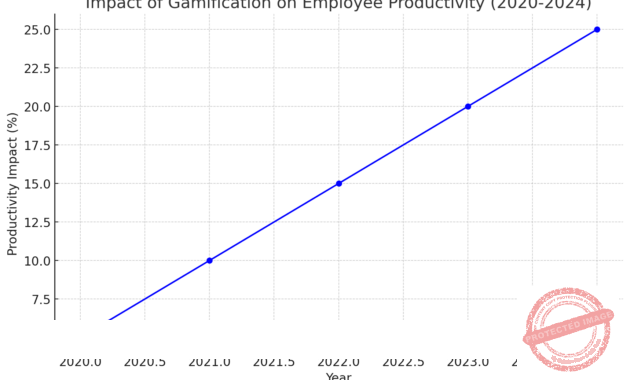
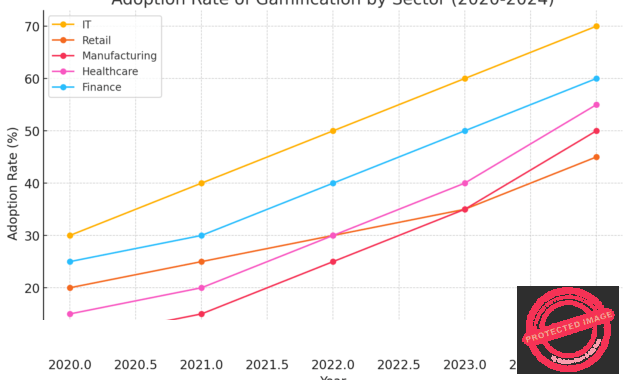
Current and Future Trends in Gamification
Current Trends
- Increasing use of mobile applications for gamification.
- Integration of immersive technologies such as virtual reality (VR) and augmented reality (AR) into gamification programs.
Future Trends
- The rise of personalized gamification, where programs are tailored to individual employee preferences.
- Increasing importance of gamification in workplace wellness strategies.
Conclusion
Summary of Key Points
Gamification offers numerous benefits for companies, including better employee motivation, increased productivity, and reduced turnover. By integrating game mechanics into management, companies can create a more engaging and rewarding work environment.
Future Prospects of Gamification in Management
With evolving technologies and employee expectations, gamification will continue to play a key role in modern management. Companies that adopt this approach will be better positioned to attract and retain talent while improving overall performance.
It is time for companies to seriously consider implementing gamification in their management strategies. By investing in gamification tools and programs, they can transform their corporate culture and achieve new levels of success.
Here are additional case studies of companies that have successfully implemented gamification in their management strategies:
Case Study 3: Microsoft
Initial Challenges Microsoft faced challenges in keeping its software testers motivated and engaged. The task of finding bugs in the software was monotonous and led to decreased productivity.
Gamification Strategy Implemented Microsoft introduced a gamification initiative called « Language Quality Game » (LQG). Testers earned points and badges for finding bugs, which were tracked on a leaderboard. This turned the testing process into a competitive and rewarding activity.
Results Achieved The gamification strategy led to a 16% increase in bug detection rates. Employees reported higher engagement and satisfaction levels, transforming the previously tedious task into a more enjoyable and competitive experience.
Case Study 4: Google
Initial Challenges Google wanted to enhance its internal innovation process by encouraging more creative ideas and solutions from employees.
Gamification Strategy Implemented Google introduced a program called « Google Code Jam, » a coding competition where employees could solve complex problems and earn points, badges, and rewards. This gamified approach encouraged collaboration and innovation.
Results Achieved The program significantly increased employee participation in the innovation process, resulting in the development of numerous new tools and features. It fostered a culture of creativity and problem-solving within the company.
Case Study 5: SAP
Initial Challenges SAP aimed to improve its sales team’s performance and knowledge of its products. Traditional training methods were not engaging enough, leading to suboptimal sales results.
Gamification Strategy Implemented SAP launched a gamified training platform called « Roadwarrior, » which included quizzes, challenges, and leaderboards to encourage continuous learning among sales representatives. Employees could earn points and badges for completing training modules and achieving high scores.
Results Achieved The gamified training platform led to a 12% increase in sales and a significant improvement in product knowledge among sales representatives. The interactive and competitive nature of the platform kept employees engaged and motivated to learn.
Case Study 6: IBM
Initial Challenges IBM needed to encourage collaboration and knowledge sharing among its global workforce to drive innovation and improve project outcomes.
Gamification Strategy Implemented IBM implemented a gamified platform called « Innov8, » which simulated business processes and scenarios, encouraging employees to collaborate and share knowledge to solve complex problems. Participants earned points and rewards for their contributions and solutions.
Results Achieved The platform led to increased collaboration and knowledge sharing, resulting in innovative solutions and improved project outcomes. Employees found the gamified approach more engaging and rewarding, enhancing their overall job satisfaction.
Case Study 7: PwC
Initial Challenges PwC wanted to enhance its onboarding process to ensure new hires quickly adapted to the company culture and understood their roles.
Gamification Strategy Implemented PwC introduced a gamified onboarding platform called « Multipoly, » a digital game where new hires could explore the company’s structure, culture, and values through interactive challenges and scenarios. They earned points and rewards for completing tasks and learning modules.
Results Achieved The gamified onboarding process resulted in faster adaptation times for new hires and improved retention rates. New employees reported feeling more connected to the company and better prepared for their roles.
Case Study 8: Nike
Initial Challenges Nike aimed to encourage a healthier lifestyle among its employees and reduce healthcare costs by promoting physical activity.
Gamification Strategy Implemented Nike launched the « Nike+ Run Club » initiative within the company, where employees could track their physical activities, set fitness goals, and participate in challenges. They earned points and badges for their achievements, which were displayed on leaderboards.
Results Achieved The initiative led to increased physical activity among employees, contributing to improved health and reduced healthcare costs. Employees enjoyed the competitive and social aspects of the program, leading to higher participation rates.
For further reading and resources on related topics, check out these sections on maniabits.com:
- Learn about innovative IT solutions for modern businesses in our IT Corner.
- Discover marketing strategies for the digital age to boost your business.
- Explore effective management techniques that can transform your leadership approach.
- Find out about human resources best practices to enhance your workplace culture.
- Stay updated with the latest trends in technology and science.
For additional insights and detailed studies on gamification, refer to these external resources:
The Impact of Gamification on Employee Engagement: https://www.gamification.co/impact-of-gamificationHow to Implement Gamification in the Workplace: https://www.forbes.com/implement-gamificationTop Gamification Platforms for Businesses: https://www.techradar.com/top-gamification-platformsCase Studies of Successful Gamification in Companies: https://www.gartner.com/gamification-case-studiesThe Future of Gamification in Management: https://www.businessinsider.com/future-of-gamification
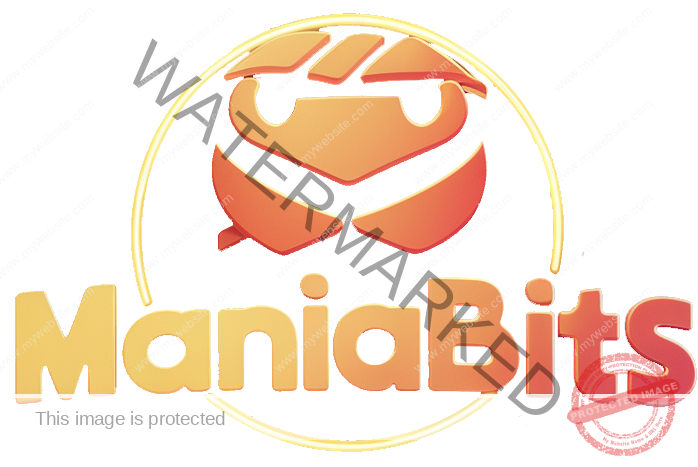
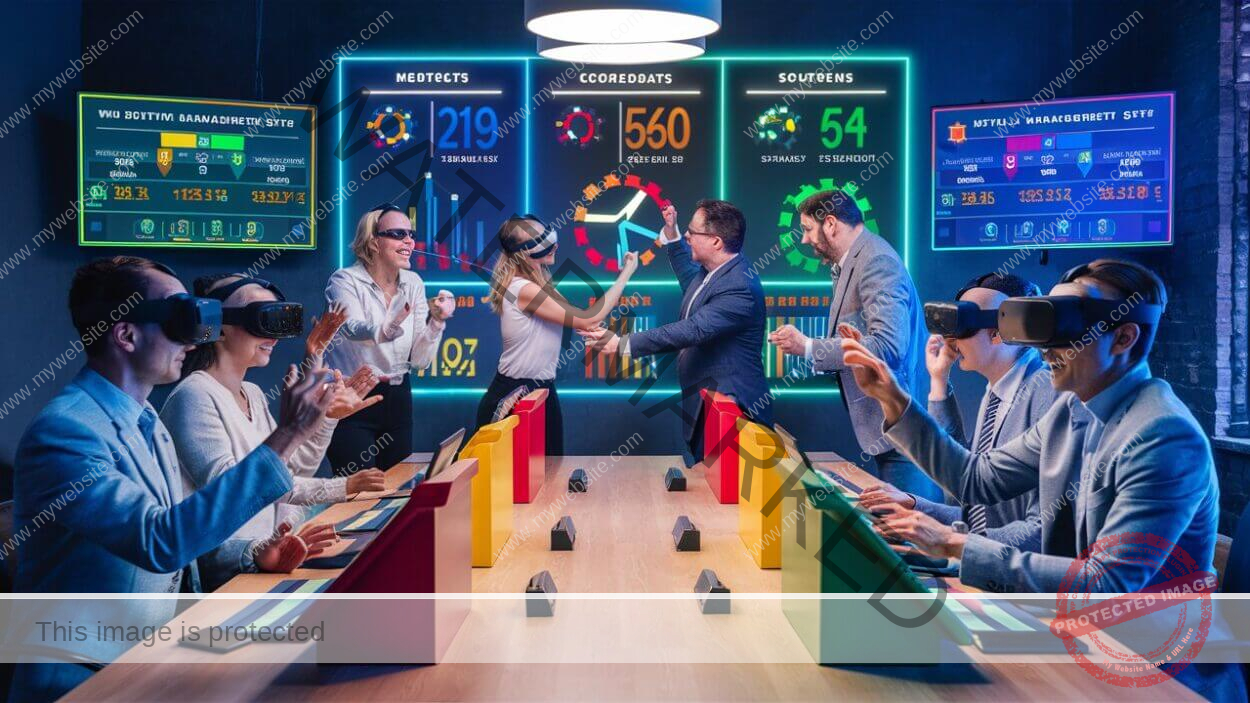
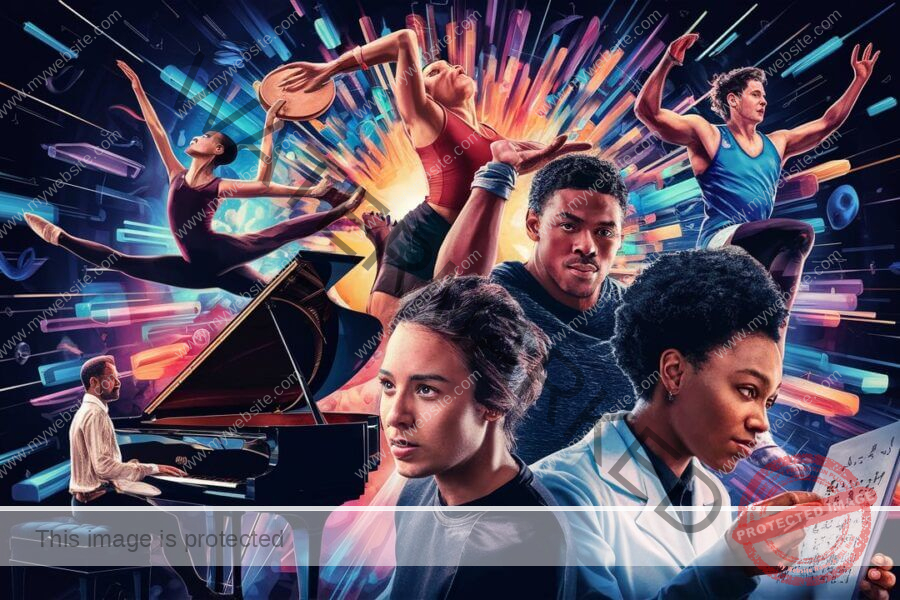
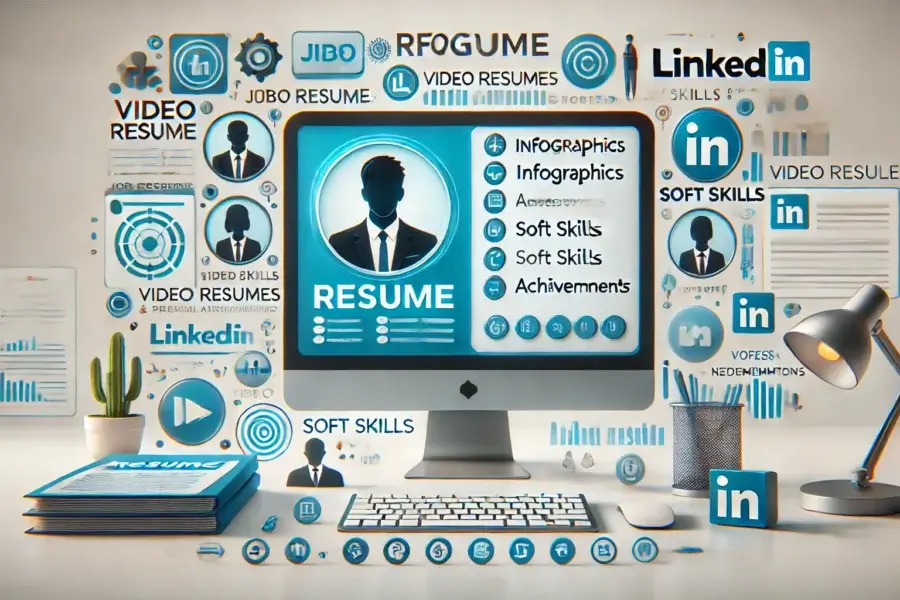
Leave a Comment